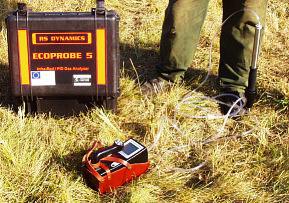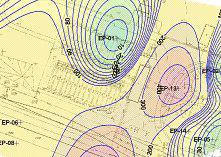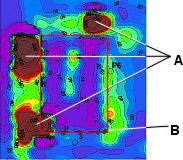Environmental protection is a practice of protecting the natural environment on individual, organisation controlled or governmental levels, for the benefit of both the environment and humans.
What we do:
- Recognition and assessment of soil and ground contamination and groundwater contamination
- Accredited groundwater and groundwater sampling
- Accredited chemical analyzes of soil and water
- Environmental monitoring
- Remediation projects
- Water Law Operators
- Reports on environmental impact
- Due diligence reports
- Ecological consulting and legal services
We do the work and documentation according to the standards for obtaining the BREEAM Certificate.
Identification and evaluation of soil and ground contamination and groundwater.
We can do the recognition and assessment of the condition of the land and water environment in order to assess the risk associated with the necessity of bringing the land and water environment to the required standards even before the investment process is completed. We do an analysis of the aquatic environment, which we perform in accordance with the requirements of the Ordinance of the Minister of Environment of 01.09.2016 on how to conduct areal pollution.
Environmental protection – Determination of the degree and the range of ground and water environment contamination
Before the reclamation process of ground and water environment starts geological, hydrogeological conditions and character, range and degree of contamination should be determined precisely. In order to achieve it different methods are used, e.g. bore holes drilling, atmogeochemical and geophysical investigations.
Bore holes allow to define the geological profile, groundwater table level, sample ground and water for further laboratory tests.
Atmogeochemical investigations are a fast and economical way to determine the range of environment contamination by oil derived substances and other organic compounds and also to conduct monitoring. Those investigations can be treated as preliminary or auxiliary investigations. They consist in determining the amount of volatile organic compounds in the ground air. The used equipment plays a large part in the investigation. DEKONTA Polska Sp. z o.o. has at its disposal a precise meter ECOPROBE 5. The device includes two analyzers: PID and IR.





